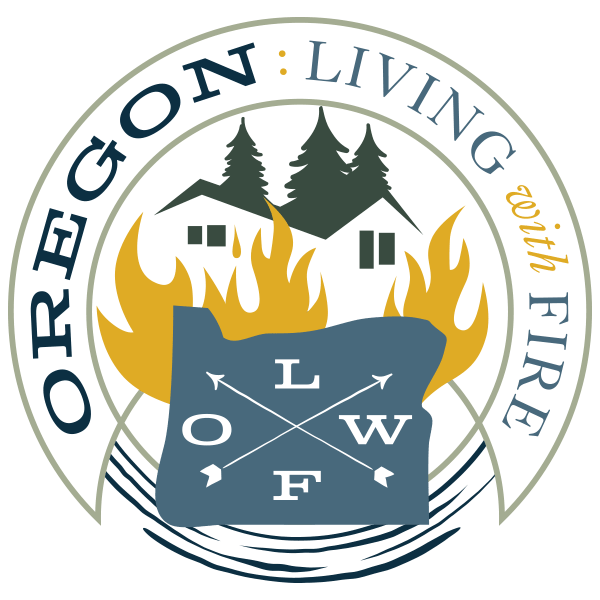There should be a focus on protecting individual homes by reducing structure ignition risk and improving defensible space around homes at a community level.
Pursue tailored municipal, county, and state building and zoning codes and ordinances that mitigate wildfire risk. Rigorous wildfire prevention programs are and should be supported across all jurisdictions.
Many local programs that strive to reduce losses to homes and communities from wildfires focus on the immediate vicinity of the home or the surrounding community. Actions by property owners to reduce the ignitability of homes and other structures are prudent wherever structures are near flammable vegetation. Reducing the likelihood that a wildfire burning in adjoining vegetation will ignite homes or other structures is one of the more effective avenues to reducing losses. Individual homeowners can take many actions, but others require concerted effort, such as Firewise USA, at the community level to be effective.
One approach to making homes and other buildings more resistant to ignition is to focus on building materials and construction standards. Building standards and adjustments in infrastructure are more easily applied to new construction and development than to existing development, and communities can be designed or managed in ways that enhance response effectiveness or mitigate risk. Of course, changes or adoptions to municipal codes will have to be tailored to each individual community.
One approach to making homes and other buildings more resistant to ignition is to focus on building materials and construction standards.
Reducing human ignitions
A quick note on human ignitions. We are using human ignitions in the context of current unplanned ignitions that are either accidental or intentional. Historically, there have been people using fire to manage natural resources for thousands of years on local landscapes. Indigenous cultures used fire to manage vegetation and move game. Cultural burning is part of this country’s history and ecology.
Programs that target the prevention of human-caused ignitions have the potential to substantively affect wildfire occurrence and extent in essentially every county. There is a need to support fire prevention educational efforts as well as to develop adequate and enforceable state and local ordinances related to wildfire prevention. Examples of the latter include burn permitting systems and enhanced law enforcement efforts focused on fire. There is clear evidence that small investments in fire prevention help reduce the high cost of fire suppression, as well as associated wildfire damages. Such programs are most effective when they focus on the underlying causes of these human-caused ignitions in each location, and tailor the prevention programs to specific causal factors and community dynamics.
